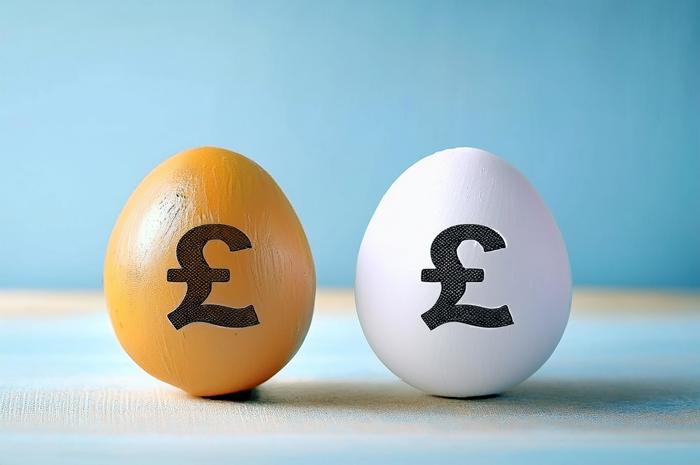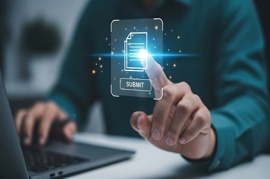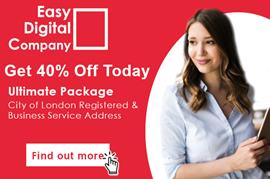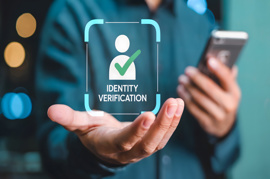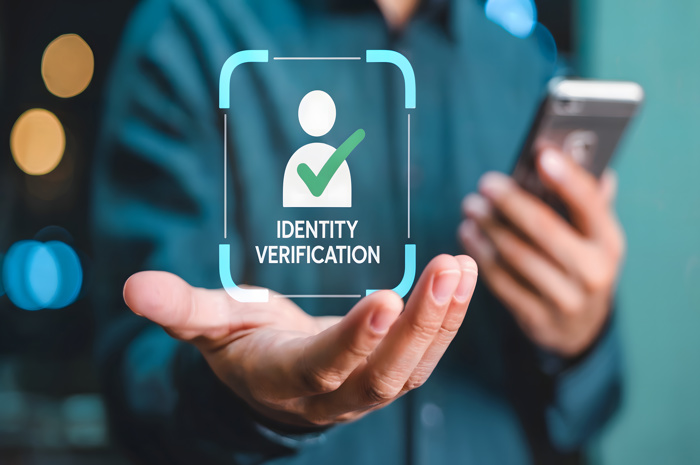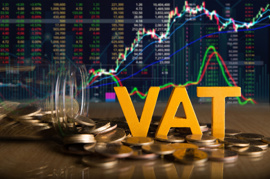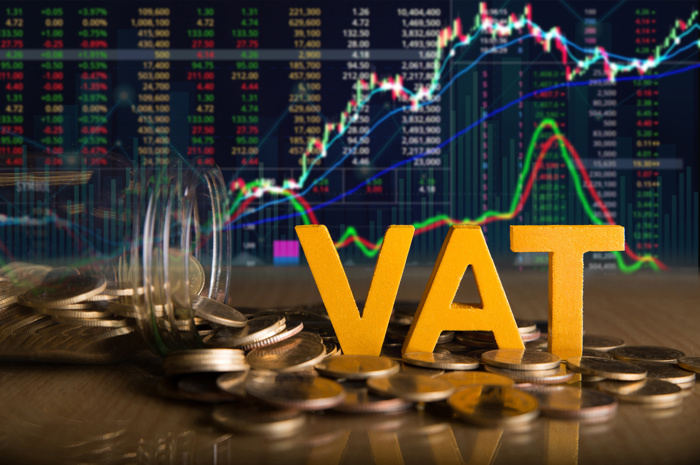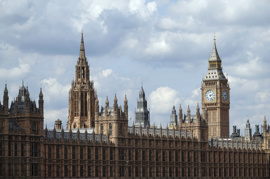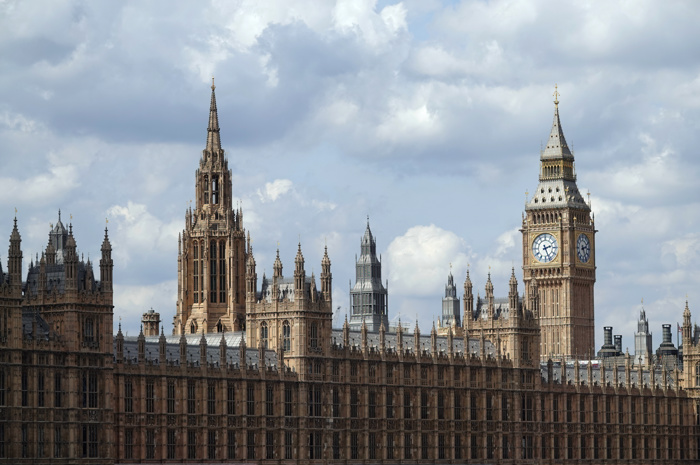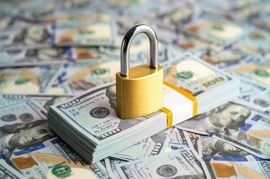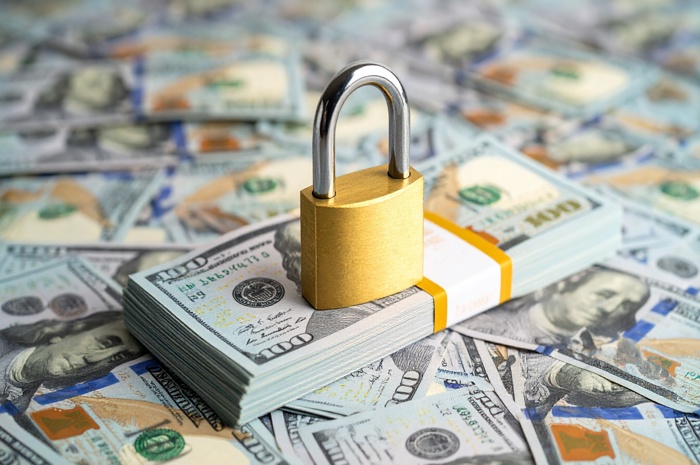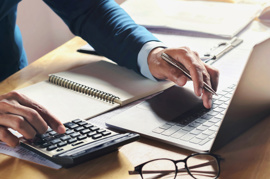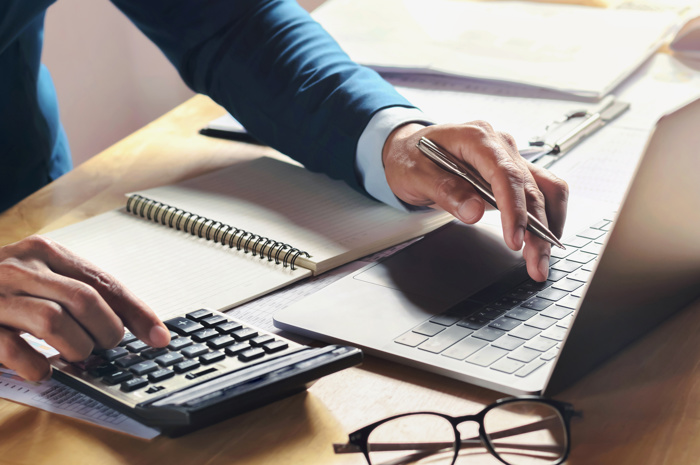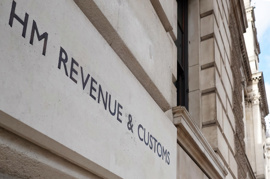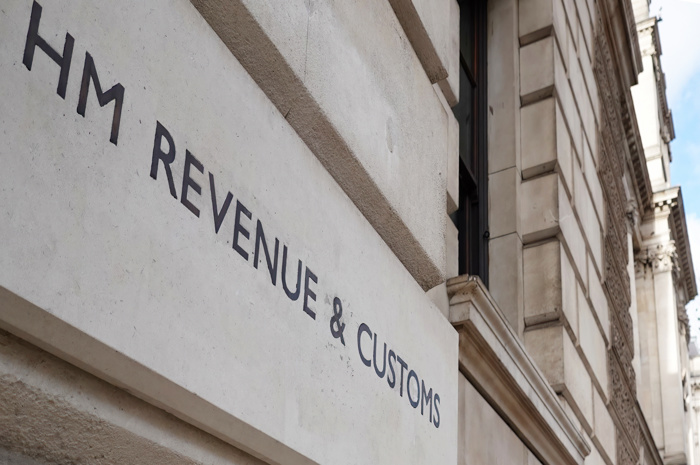Differentiating between operating expenses and capital expenditures is essential when preparing financial statements, as they are treated differently for both tax and accounting purposes. Read the article, or scroll down to watch the video.
What Are Operating Expenses?
Operating expenses are the day-to-day costs for running a business, they are typically abbreviated to OpEx. Operating expenses can include rent, staff costs, office supplies, marketing, etc.
Some examples of operating expenses:
- Purchase costs
- Salaries and wages
- Accounting and legal fees
- Travel and entertainment
- Office supplies
- Bank Charges
- Rent
- Repairs
These are all operating expenses that are recorded in the businesses income statement.
Operating Expenses Categories
Operating expenses can be broadly categorised into various groups, each reflecting different aspects of a company’s ongoing operations.
Cost of goods sold (COGS):
Cost of goods sold, also referred to as cost of sales, is the cost associated with providing goods or services to customers. For example, this may include the cost of raw materials, labour costs and overhead costs.
Sales, general and administrative costs:
These include costs that are not directly related to the product or service provided. Typically, these costs are related to the selling of the goods and managing of the company. Expenses may include; marketing, legal fees, travel & subsistence, etc.
Depreciation and amortisation:
Depreciation and amortisation are non-cash expenses that spread the cost of tangible and intangible assets over time. Depreciation applies to physical assets like machinery, while amortisation applies to intangible assets such as patents or software. This is calculated annually and is based on the initial cost of an item spread over its useful life.
Research and development (R&D):
Research and development (R&D) refers to expenses that are incurred in the process of creating new products or services. Costs can include; prototype development, patents, software development, staff costs, etc.
Non-operating expenses (Miscellaneous):
Typically, these are costs which do not fall into the categories above. Miscellaneous costs may include; work uniforms, office supplies and bank charges.
What Are Fixed Assets?
Fixed assets, also known as non-current assets are assets which are purchased for long-term use and are not likely to be converted quickly into cash, such as land, buildings, and equipment. More specifically, fixed assets are intended for use on a continuing basis within the company for periods longer than 1 year, and are not sold as part of the businesses daily operations. Some common examples of fixed assets are:
- Buildings and facilities
- Computer equipment
- Furniture, fixtures and fittings
- Plants and machinery
- Tools
- Vehicles
How To Account For Fixed Assets
During their 'useful life', fixed assets have to be disclosed on a company's balance sheet. As the years pass, the value will decrease. Therefore, the asset will have to be depreciated over its useful life, and this can vary depending on the asset. The depreciation expense calculated each year of its useful life will be categorised in the businesses income statement.
Example: A business purchases a laptop for £1,000 that has an estimated useful life of 3 years. This is capital expenditure (Fixed asset purchase). How is this treated in the businesses accounts?
First accounting period:
At the end of the first period, the laptop (asset) will have a remaining value of £667 in the Balance Sheet (£1,000 purchase value - £333 depreciation).

The depreciation of £333 is calculate by dividing the initial purchase cost (£1,000) by the items useful life (3 years- £1,000/3 years). The £333 depreciation will be moved from the balance sheet and will be accounted for in the Income Statement.

Second accounting period:
At the end of the second period, the laptop will have a remaining value of £334 in the Balance Sheet (£667 brought forward value - £333 depreciation expense).

The depreciation expense of £333 will be reflected in the Income Statement (£667- £333).

Third accounting period:
At the end of the third period, the laptop will be fully depreciated, meaning that there will not be an outstanding value of the asset on the company's Balance Sheet (£334 brought forward value - £334 depreciation expense)

Lastly, the remaining depreciation expense of £334 (£334/1 year) will be accounted for in the Income Statement.

What Is A Fixed Asset's Life Cycle?
When a new fixed asset is purchased, it is recorded on the Balance Sheet. Depreciation is then calculated at the end of the period to reflect the asset's wear and tear. Revaluation may occur to assess its fair market value, or impairment may reduce its value due to specific events. This would only be reported if a company was reporting as a small company (accounting standard FRS102) but not for companies reporting as a micro entity.
If the asset is written off before the end of its useful life, the remaining value of the asset is moved to the profit and loss as a cost.
If the item is sold or disposed of, then depending on whether it is sold for more or less than its value on the balance sheet, it may be recorded on the profit and loss as either an income or a cost.
Fixed Assets and Capital Allowances
Another difference to consider between fixed assets and operating expenses, is that fixed assets are not recorded as expenses, therefore are not deducted from company's income in the income statement. However, for corporation tax purposes, businesses are eligible to claim capital allowances which act as tax relief, reducing the taxable profits chargeable to corporation tax.
Capital allowances can only be claimed on assets that you own and use for your business. This means the asset must have been purchased by the business in order to qualify for capital allowances. Items which are typically eligible for capital allowances include:
- Cars/Vans
- Machinery
- Computers
- Office equipment
- Fixtures and fittings
Which Capital Allowances Can I Use?
Annual investment allowance (AIA):
100% deduction on qualifying plant and machinery (excluding cars) up to £1 million per year.
First year allowance (FYA):
You can claim the full amount for qualifying plant and machinery in the year that it was bought.
Special Pool Allowance
These are typically for cars with higher emissions or integrated items.
Writing down allowance:
You can claim these if your plant and machinery does not qualify for AIA or you've already claimed the maximum amount.
For more detail view our article on Capital Allowances.
Looking For More Information?
Hopefully, the above info has helped clarify the differences between operating expenses and fixed assets, and how you can account for them in your filings. For more information on topics related to accounts, feel free to explore our Knowledge Base. If you have any additional questions on corporate tax and filing annual accounts, don't hesitate to contact us.
